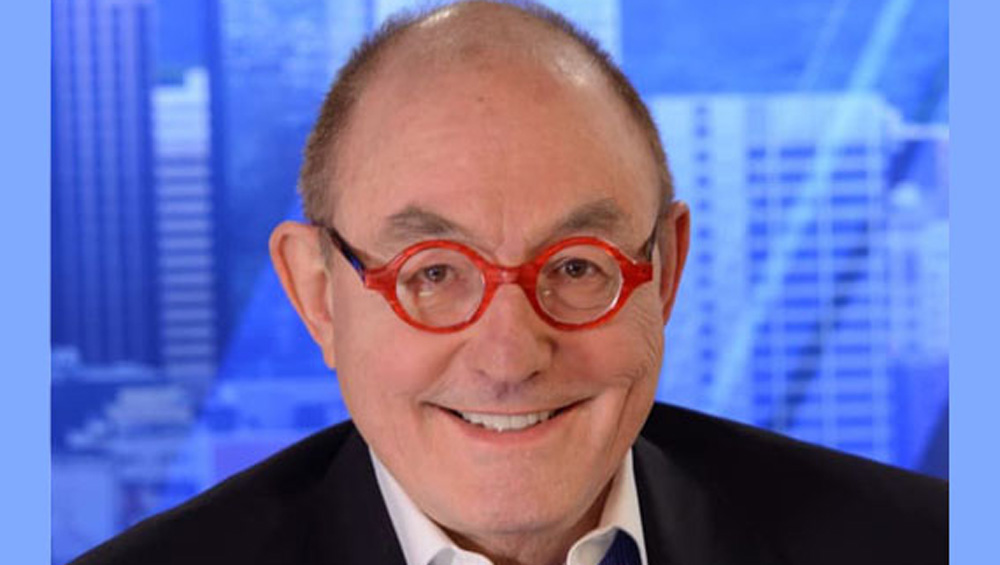
The Price Point | Appetite For New Streaming Services Is Limited

We live in the golden age of OTT, a time when media brands are tripping over each other in a rush to enter the space. I’m surprised we do not yet have a Little Rascals streaming service.
The problem with getting caught up in the glamor of OTT is we sometimes forget that economic rules are unaffected by advances in technology. The consumer video model, for example, is a classic case of price sensitivity: scarcity raises price, choice lowers price. Cord cutting and OTT cable light cable services are pure examples. Every consumer, to some degree, is price sensitive.
Not only is every consumer price sensitive, each has an internalized price ceiling. Consumers are only willing to expand that ceiling for genuinely new experiences. The original launch of Netflix and the introduction of smartphones are examples of new experiences that raised the consumer’s price ceiling.
What this means is today’s consumer does not have an unlimited financial appetite for new streaming services. Every time a new OTT service is selected, the consumer will feel pressure to drop something else. Netflix’s legacy status gives it some protection, as does Amazon’s tie to other Prime services, but after that it gets tough. Viewers signing up for ViacomCBS’s latest offering, announced just last week, will feel pressure to drop something else.
As competition increases, one must ask what all this means to retransmission consent. Fortunately, broadcaster value is based on unique content. Since broadcasters have not yet reached fee parity, we know station rates will continue to rise. Consumers have reached their price ceiling, so MSOs and OTT cable light providers will be forced to either drop some cable channels or pay them less. Regional sports networks are the early victims.
The next opportunity to expand the consumer’s price ceiling will probably be the 5G home in which all technology works together in the background. We are a long way from that, but when it does come, fumbling through remotes, booting things up and trying to remember where Seinfeld is this week will have been replaced by a much simpler world. We know this because “simpler” is near the top of every consumer’s wish list. By its nature, the 5G home will be more suited to a la carte on-demand than bundled channels, which will change the retransmission dynamic.
Right now, television station owners negotiate retransmission agreements based primarily on the value of network programming, which means a third-place news station receives the same per-sub payment as a co-owned first-place station in another market. A handful of top tier companies extract a premium for local news quality, but not nearly what that quality is worth.
In a fully on-demand 5G world, stations would likely be paid not only on the value of national programming, but also on consistent viewership of local news. Like selling advertising, this will be good news for stations at the top, bad for those at the bottom. It would be a much fairer system than what we have now because strong stations might actually have some bargaining power when negotiating affiliation agreements.
Of course, by the time all this happens the days of five news stations in a market will probably be long gone. The Third Circuit’s stop sign will either finally yield to reform, or future recessions and interest hikes will thin the herd naturally. Those who are left, presumably the strongest, should have a great business model going forward.
Whatever happens in the future, a key driver will continue to be economics.
Hank Price is a media consultant, author and speaker. He is the author of Leading Local Television, a handbook for general managers. He spent 30 years managing TV stations for Hearst, CBS and Gannett, including WBBM Chicago and KARE Minneapolis. He also served as senior director of Northwestern University’s Media Management Center and is currently director of leadership development for the School of Journalism and New Media at Ole Miss.
































Comments (1)
2018bstyrevr says:
February 24, 2020 at 7:59 am
Based on facts this argument holds no water..Disneys stock price rally is in large part due to their successful streaming service launch…Also look at the stock prices/market caps of the largest streaming services in relation to broadcasters..Are you serious??